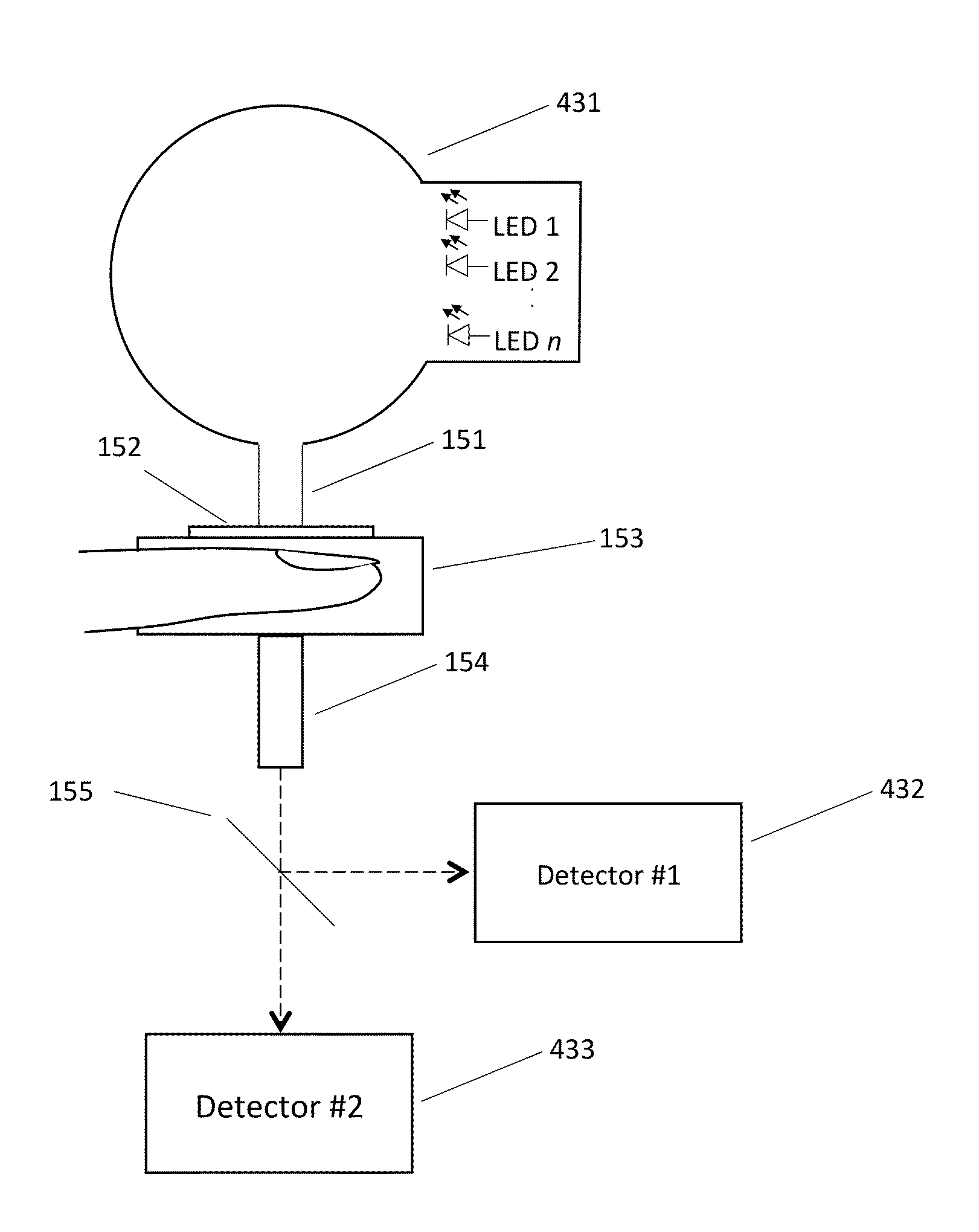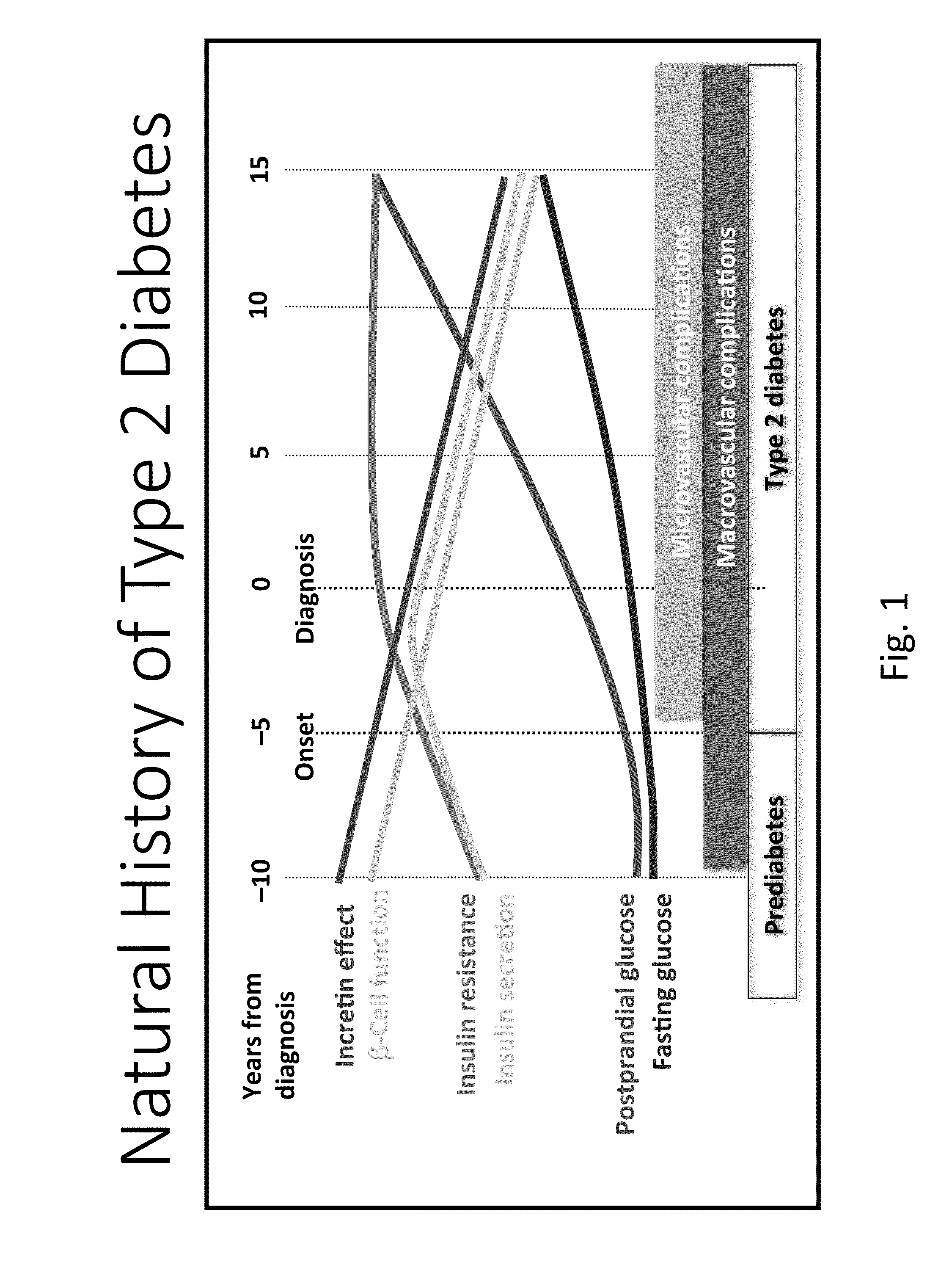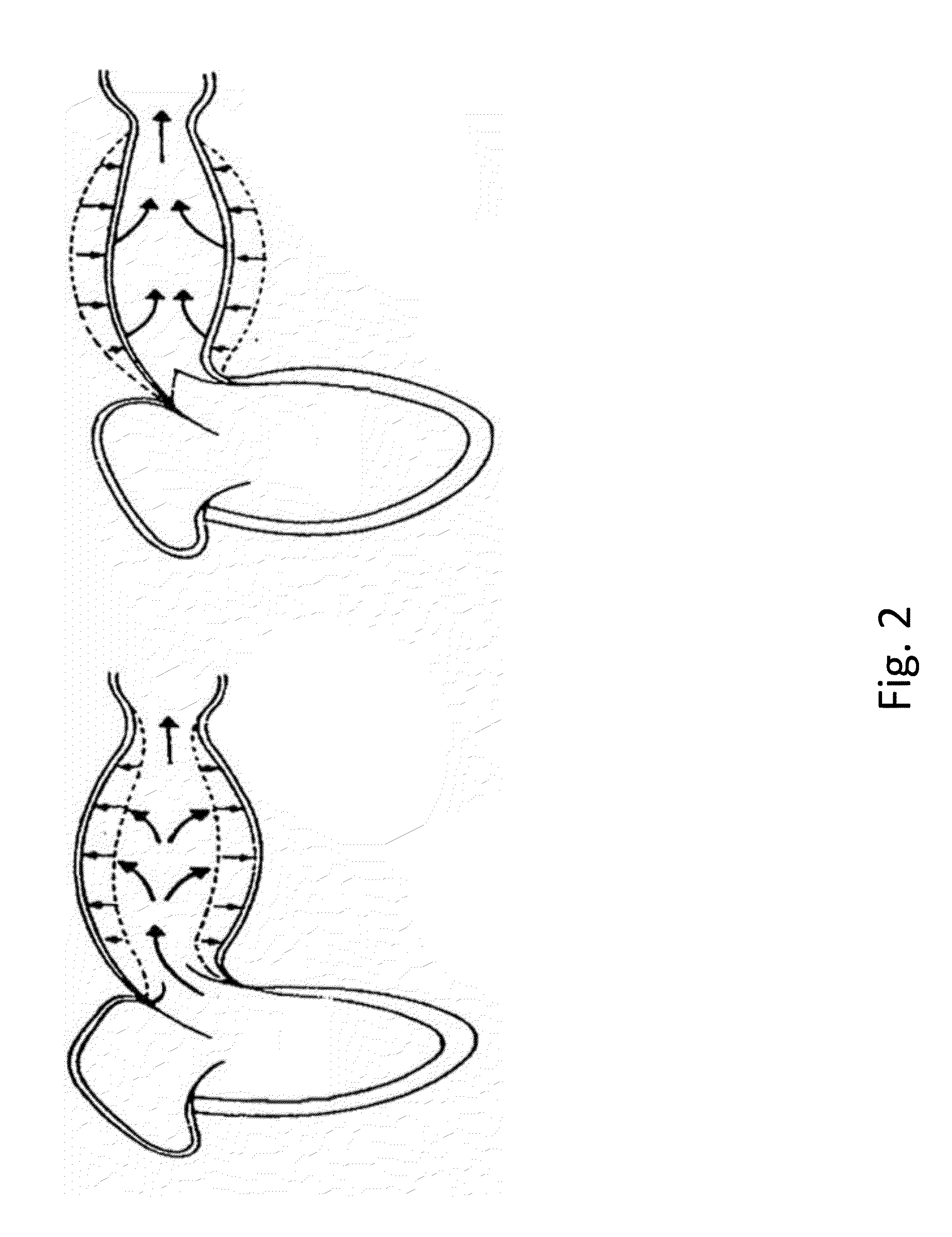Pulse Photoplethysmogram System for Diabetes Assessment
- Summary
- Abstract
- Description
- Claims
- Application Information
AI Technical Summary
Benefits of technology
Problems solved by technology
Method used
Image
Examples
Embodiment Construction
[0054]The above diabetes assessment testing methods are based upon the body's inability to control glucose either during a fasting state or after being subjected to a glucose load. However, the true pathophysiology of diabetes contains a number of other physiological markers that are predictive of prediabetes and diabetes. The initiation of diabetes begins with an increase in insulin resistance and impairments in b-cell function. Over time relative insulin deficiency occurs as well as excessive glucagon production leading to overproduction of endogenous glucose in the liver. These malfunctions in glucose control eventually lead to postprandial hyperglycemia and then elevations in fasting blood glucose levels. These relationships are shown graphically in FIG. 1, obtained from the American Association of Clinical Endocrinologists Diabetes Research Center, Adapted from Holman R R. Diabetes Res Clin Pract. 1998; 40(suppl):S21-S25; Ramlo-Halsted B A, Edelman S V. Prim Care. 1999; 26:771-...
PUM
 Login to view more
Login to view more Abstract
Description
Claims
Application Information
 Login to view more
Login to view more - R&D Engineer
- R&D Manager
- IP Professional
- Industry Leading Data Capabilities
- Powerful AI technology
- Patent DNA Extraction
Browse by: Latest US Patents, China's latest patents, Technical Efficacy Thesaurus, Application Domain, Technology Topic.
© 2024 PatSnap. All rights reserved.Legal|Privacy policy|Modern Slavery Act Transparency Statement|Sitemap



